French Polynesia Flag Meaning
Red and white horizontal stripes with central emblem featuring an outrigger canoe, sun, and ocean waves representing Polynesian maritime culture and French governance.
- Continent
- Oceania
- Adopted
- 1984
- Ratio
- 2:3
- Colors
- red, white
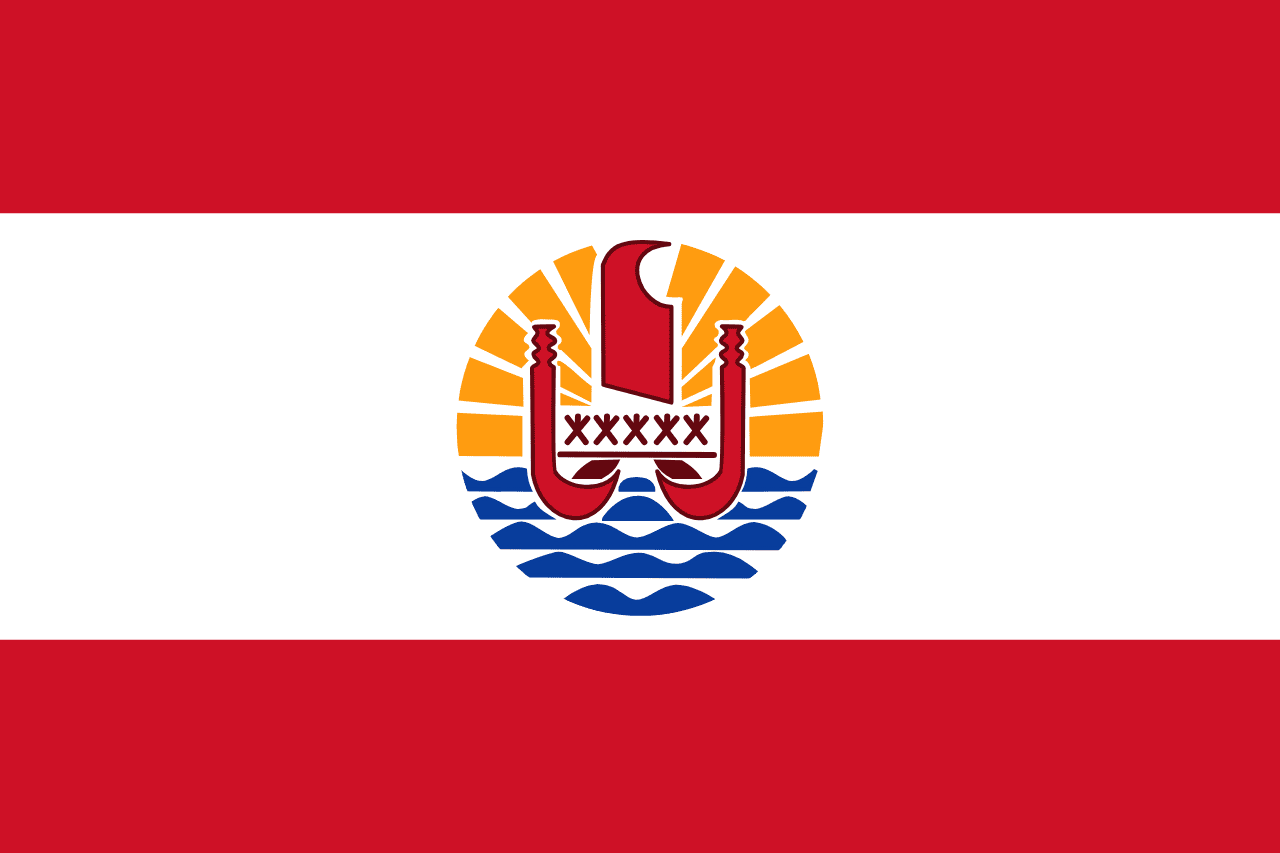
Symbolism
Red Stripes: Represent the courage and strength of the Polynesian people, as well as the sacred power (mana) that flows through traditional Polynesian culture and spiritual beliefs.
White Stripes: Symbolize peace, purity, and the foam of ocean waves surrounding the islands, as well as the hope for harmony between Polynesian and French cultures.
Outrigger Canoe (Va'a): Central to the emblem, representing the traditional voyaging vessels that enabled Polynesian settlement across the Pacific and the continuing maritime heritage of the islands.
Golden Sun: Symbolizes the tropical climate, the warmth of Polynesian hospitality, and the bright future of French Polynesia as a bridge between Pacific and European cultures.
Ocean Waves: Represent the Pacific Ocean that connects the 118 islands and atolls of French Polynesia, emphasizing the maritime nature of Polynesian civilization.
Five Island Groups: The emblem's design elements represent the five archipelagos: Society, Marquesas, Tuamotu, Gambier, and Austral Islands, each with distinct cultures and traditions.
History
- 300-900 AD: Polynesian navigators using traditional wayfinding techniques settled the islands, establishing the rich Polynesian culture that continues to define the territory today.
- 1767-1768: European contact began with British Captain Samuel Wallis discovering Tahiti, followed by French explorer Louis-Antoine de Bougainville, leading to increased Western influence.
- 1880: France established a protectorate over Tahiti and gradually extended control over other island groups, creating the colony of French Establishments in Oceania.
- 1946: French Polynesia became an overseas territory of France, gaining representation in the French Parliament while maintaining local traditional governance structures.
- November 23, 1984: Current flag officially adopted, symbolizing the unique blend of Polynesian heritage and French administrative framework within the overseas collectivity.
- 2004: French Polynesia gained status as an overseas collectivity with increased autonomy, allowing greater self-governance while remaining within the French Republic.
Trivia
- French Polynesia consists of 118 islands and atolls spread across an ocean area larger than Western Europe, but with total land area smaller than Rhode Island.
- Tahiti and its islands were the inspiration for many of Paul Gauguin's famous paintings, helping establish the romantic Western image of tropical paradise.
- The territory is famous for producing some of the world's finest black pearls, with pearl farming being a major industry alongside tourism.
- Traditional Polynesian navigation using stars, winds, and ocean swells enabled voyages across thousands of miles of open ocean without instruments.
- French Polynesia uses the CFP franc (Pacific franc) as currency, which is pegged to the euro and shared with New Caledonia and Wallis and Futuna.
- The islands were used by France for nuclear testing from 1966-1996, with 193 tests conducted at Moruroa and Fangataufa atolls.
- Traditional Polynesian dancing, including the famous Tahitian dance, is recognized by UNESCO as an important cultural heritage of humanity.
- The territory has two official languages, French and Tahitian, with several other Polynesian languages spoken across different island groups.
- Bora Bora's Mount Otemanu is an extinct volcano that creates one of the world's most photographed lagoons, making it a premier luxury tourism destination.
- Traditional Polynesian tattoos (tatau) have experienced a cultural revival and are now practiced by tattoo artists worldwide as a respected art form.
- The islands experience some of the world's most consistent trade winds, making them ideal for sailing and traditional outrigger canoe racing.
- French Polynesia operates its own postal system and issues highly collectible stamps featuring local wildlife, culture, and natural beauty.
- The territory has produced several world-class surfers, with Tahitian waves like Teahupo'o being among the most challenging and spectacular in professional surfing.
- Traditional Polynesian society was organized around complex kinship systems and the concept of mana (spiritual power), which continues to influence modern island culture.
Related Countries
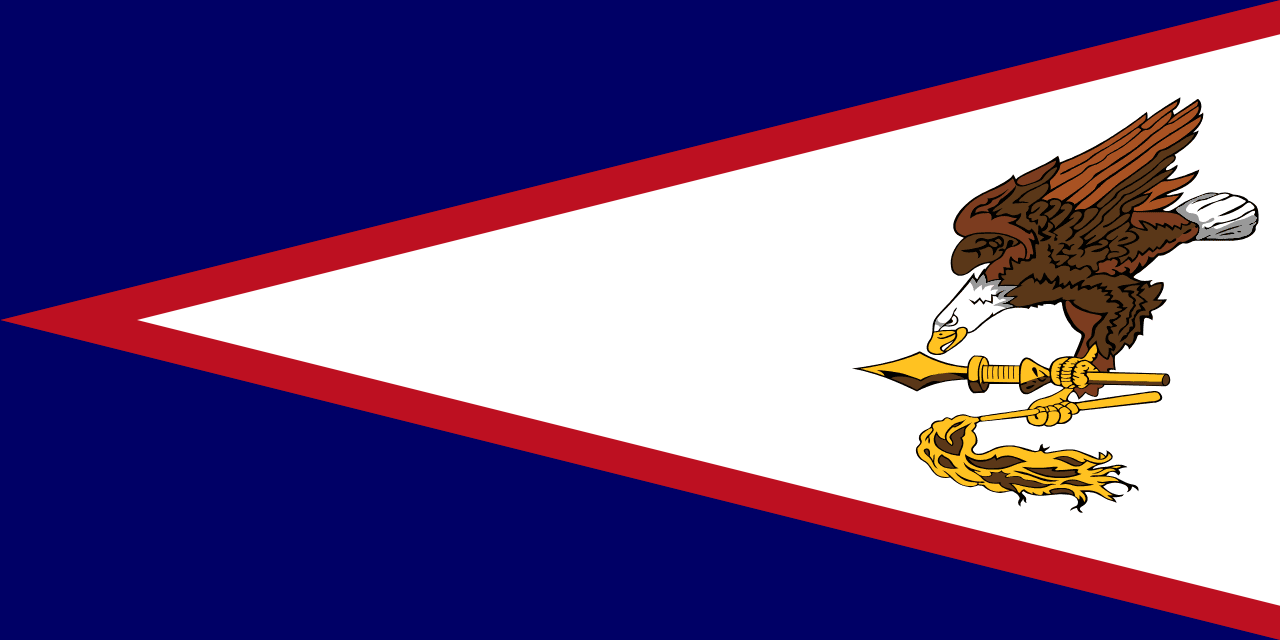
American Samoa
Oceania
Red, white, and blue field featuring a bald eagle holding traditional Samoan symbols, representing the blend of American and Polynesian cultures.

Australia
Oceania
A blue ensign featuring the Union Jack in the canton and the Southern Cross constellation on the fly, with a large Commonwealth Star beneath the Union Jack, representing Australia's British heritage, its location in the Southern Hemisphere, and the federation of six colonies into one nation.
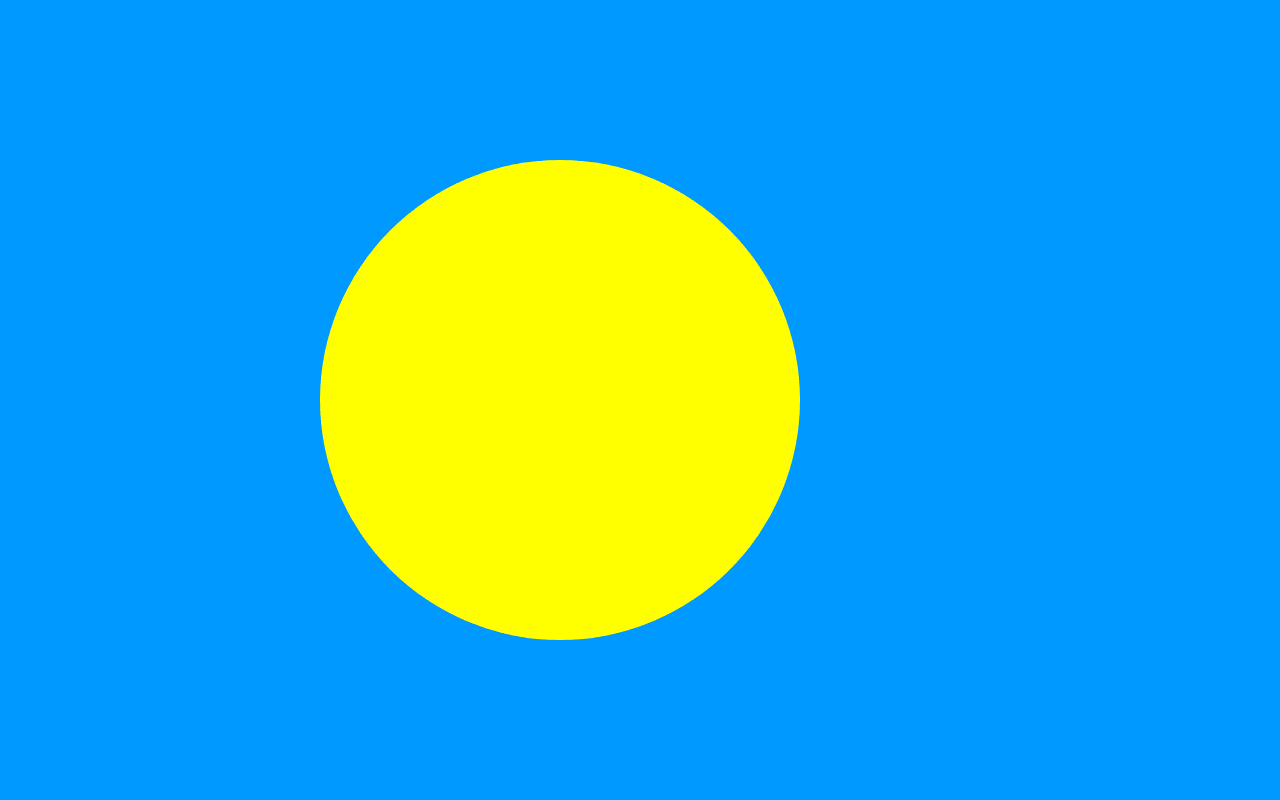
Palau
Oceania
A light blue field with a golden-yellow full moon slightly off-center toward the hoist. The flag symbolizes independence, culture, and natural harmony.
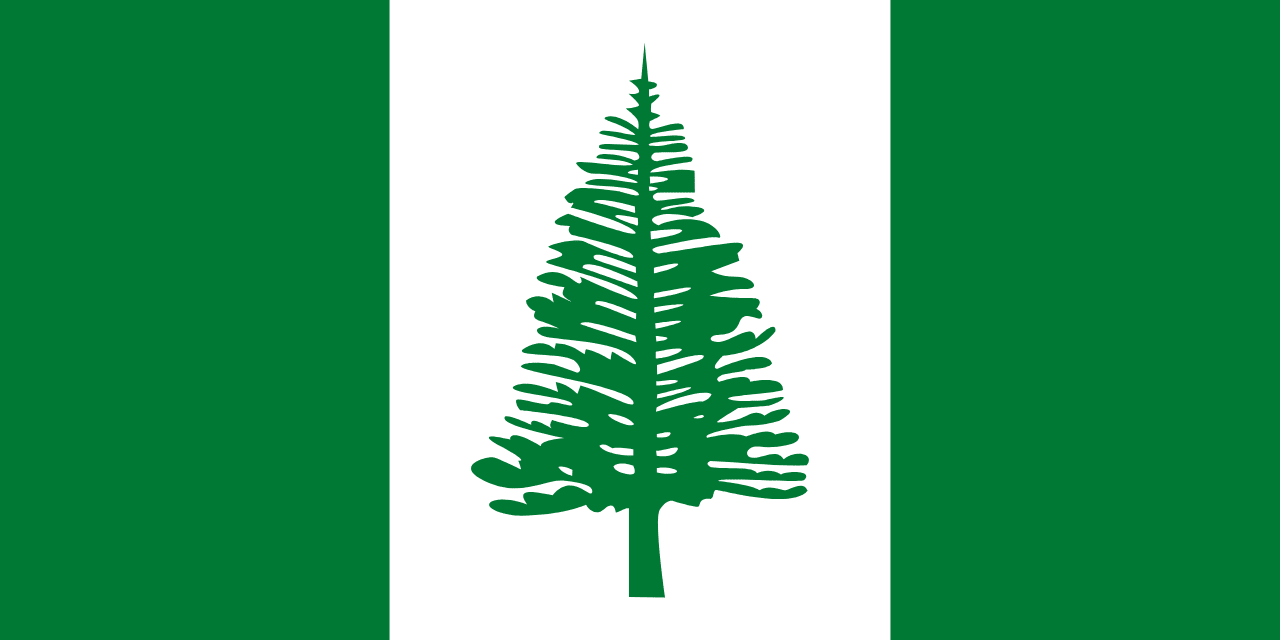
Norfolk Island
Oceania
Vertical green stripe and white field featuring the iconic Norfolk Pine, symbol of the island's unique heritage.

Tonga
Oceania
A red field with a white canton containing a red cross, representing the blood of Christ and the sacrifice of Jesus for mankind, the purity of Christian faith, and the deeply Christian identity of the Kingdom of Tonga as a Pacific island nation that was never colonized.
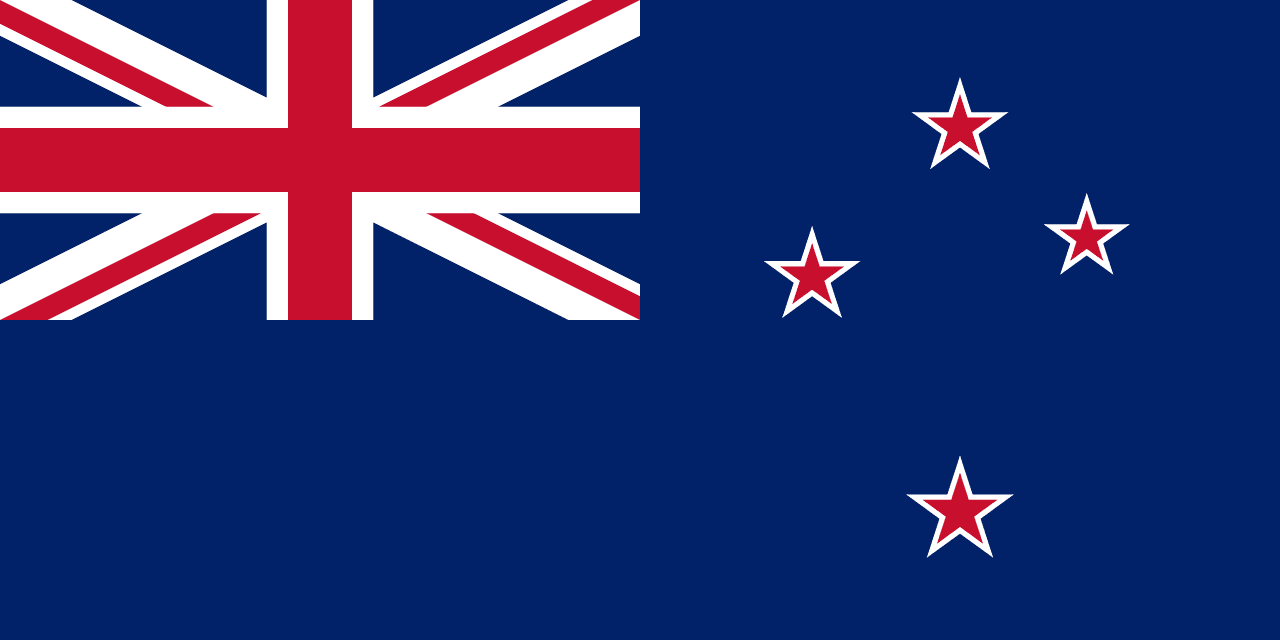
New Zealand
Oceania
A blue ensign with the Union Jack in the canton and four red five-pointed stars outlined in white representing the Southern Cross constellation, reflecting New Zealand's British heritage and Southern Hemisphere location.